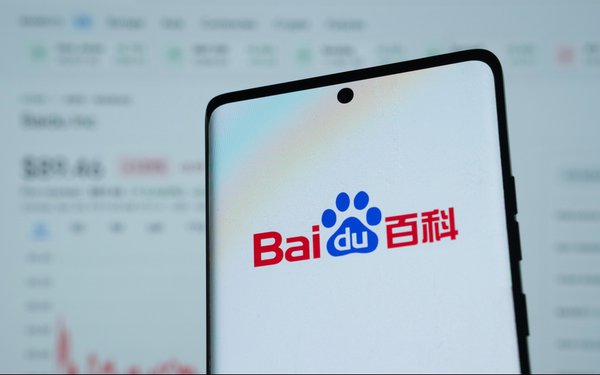
Baidu has restructured its search platform with artificial
intelligence (AI), introducing the most features in years -- including extended query-processing capabilities and multimodal inputs that include text, video and more.
The changes are focused
on making a mobile app more like an AI chatbot, with greater emphasis on natural-language searches in text, images and voice and less on keywords.
With mounting competitive pressure from
Google’s Gemini and AI Mode, Microsoft’s Copilot, ByteDance’s Doubao, Tencent’s Yuanbao and many other conversational AI systems, Baidu’s mobile application will now
function similarly to other intelligent assistants. It will provide support for content creation, visual design, and the ability to coordinate daily activities.
The interface, released
Wednesday, supports voice commands across various Chinese regional dialects and supports visual search functions.
advertisement
advertisement
Content delivery uses Baidu’s AI algorithms to improve the ability to
match and improve relevancy.
Baidu also introduced MuseStreamer, an enterprise-targeted video creation platform.
Baidu has experienced a decline in ad revenue and reportedly is overhauling its search engine to reverse this slump.
Online marketing revenue has declined for several quarters. In the first quarter of 2025, online marketing revenue was $2.21 billion (RMB 16.0 billion), down 6% year-over-year. For the full
year 2024, online marketing revenue was $10.00 billion (RMB 73.0 billion), a 3% decrease year-over-year.
Changes in its search engine were accompanied by the release of an image-to-video
model called MuseSteamer, which converts static images into dynamic video content in up to 10-second clips.
The company offers three tiers for business users: Turbo, Pro, and Lite
configurations. The options are strictly for businesses, with no immediate plans to make this available to the public.
Earlier this year, Baidu announced the release of two AI model upgrades
-- Ernie 4.5, and Ernie X1, a reasoning-focused AI designed for deep thinking.